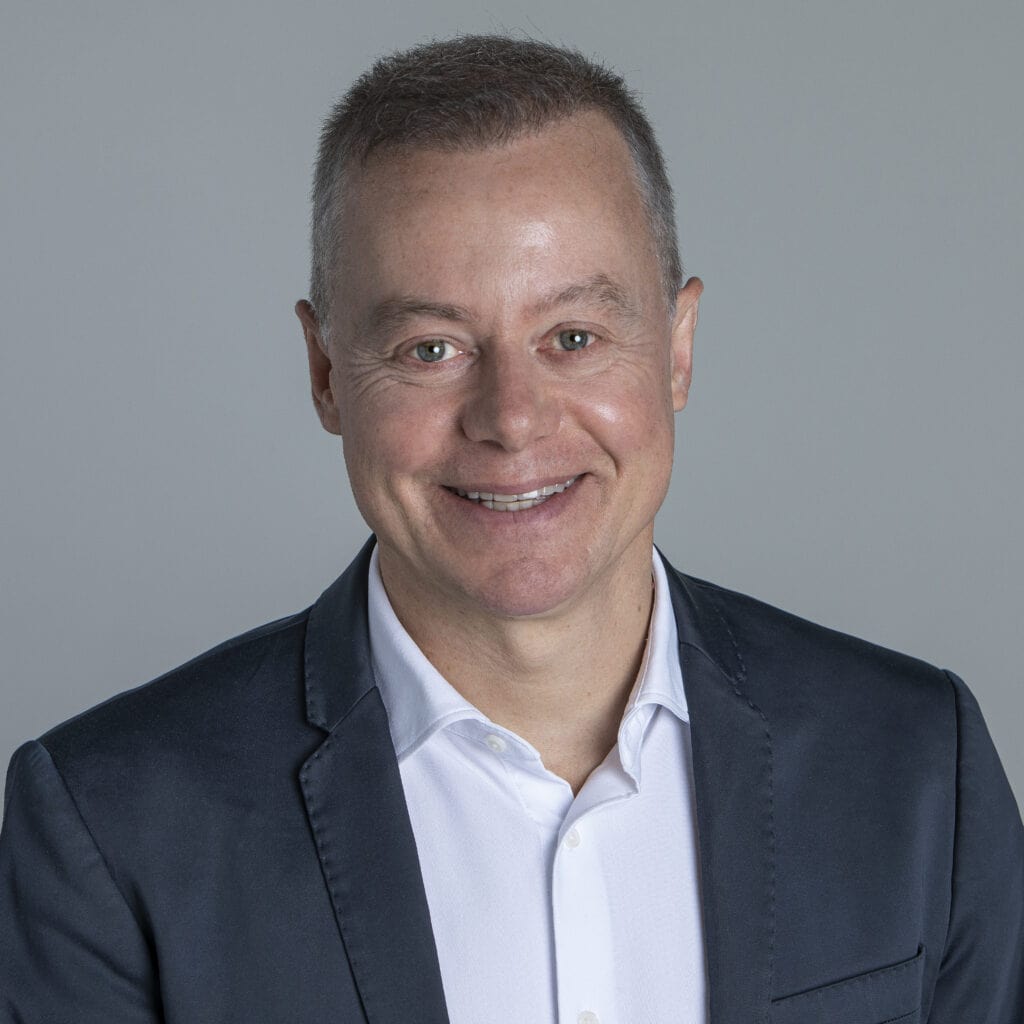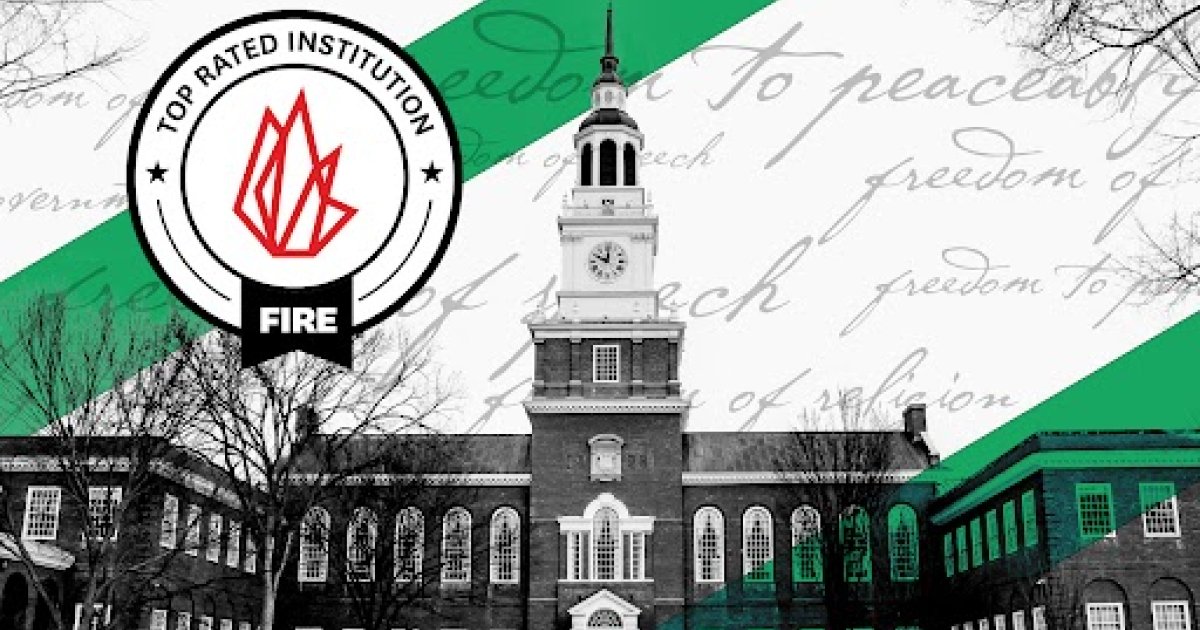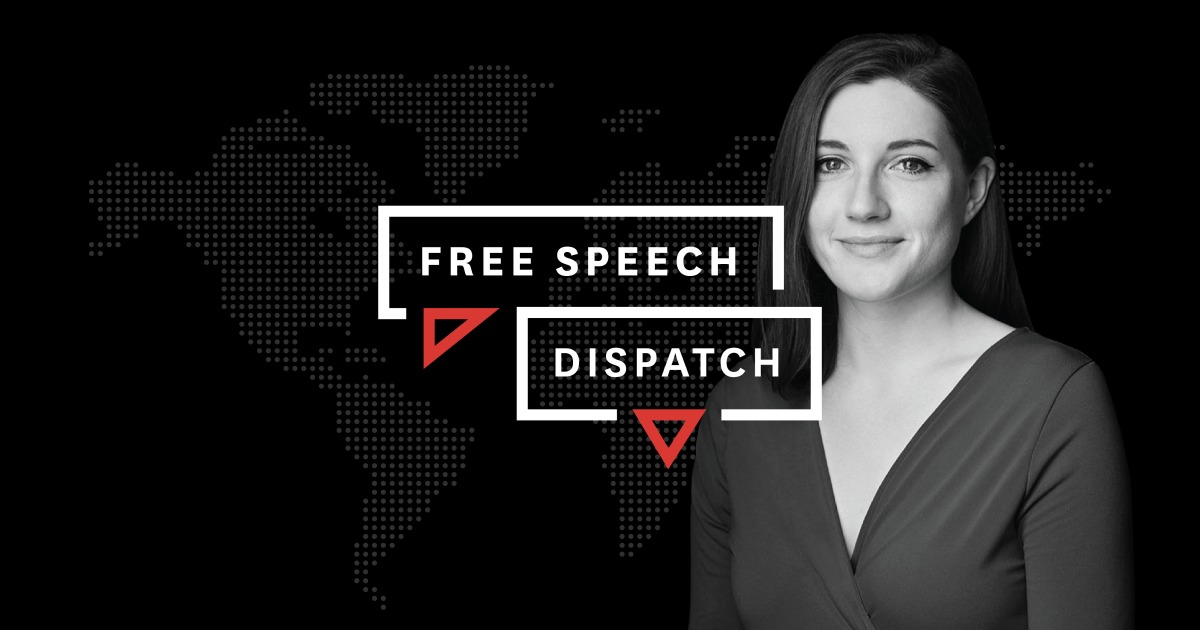A recent survey revealed that 78% of teachers believe AI can significantly enhance creativity in the classroom, yet many feel underprepared to integrate it meaningfully into their practice.
Take Ana, an English Language teacher in São Paulo. Ana was initially wary of AI, fearing it might depersonalize her approach to teaching. However, after experimenting with an AI-powered platform, she discovered a different reality. The AI didn’t just handle administrative tasks; it became a partner in her teaching process.
“AI helped me to analyze my students’ language use and identify subtle patterns that I might have missed otherwise” Ana explained. “It flagged recurring issues in sentence structure among my students, which led me to create targeted mini-lessons to address these issues.”
Ana’s experience reveals a deeper truth: AI’s potential isn’t just in automating tasks, but in augmenting the teacher’s expertise. For this to happen, developers must understand that the true power of AI lies in supporting, not replacing, the teacher’s role.
AI developers have a duty to educators
As AI becomes more ingrained in education, developers must give educators control over how AI is integrated into their classrooms. I was inspired by a recent report from the US EdTech Office, which emphasizes how AI systems should empower teachers, not dictate their methods.
At Pearson, we’re embracing this approach with tools like TeachingPal—an AI-powered platform currently in pilot, that blends Pearson’s pedagogy with personalized learning paths based on our Global Scale of English (GSE) framework. This approach not only reduces workload but also unlocks teachers’ potential for creativity, enabling them to deliver more personalized instruction.
Collaboration fuels the best AI solutions
The most successful AI solutions for education come from deep collaboration between developers and educators. Pearson’s GSE is a prime example. Developed with input from thousands of teachers, the GSE uses a precise 10-90 point scale to measure reading, writing, listening, and speaking skills. This robust framework helps TeachingPal avoid common AI pitfalls like “AI hallucination.” By anchoring AI in established frameworks, we ensure that it delivers reliable, meaningful results that genuinely improve student outcomes.
For teachers like Ana, this means AI doesn’t just promise to make their jobs easier—it helps them teach better too. By harnessing AI, teachers will be able to monitor individual student progress more closely and then use this information to be more creative and differentiate instruction in the classroom.
Advanced technology alone won’t build trust
AI success isn’t just about having the most advanced technology—it’s about building trust through fairness, transparency, and accountability. At Pearson, we’ve used responsible AI alongside world leading language experts for over 15 years in our Pearson Test of English (PTE). But what sets us apart isn’t how long we’ve been doing it—it’s how we’ve been using AI to promote faster, fairer, and simpler testing, while safeguarding data privacy and eliminating bias.
The road ahead: innovation, trust and partnership
Recently, I spoke to Jessica, an English language teacher from Orlando, who shared, “AI can free us to do more of what we do best, but only if we’re the ones guiding its use.” These words perfectly capture the future of AI in education — it’s not about taking control from teachers; it’s about empowering them with deeper insights into the learning process, enabling their teaching to have a greater impact.
As a keen mountain climber in my spare time, I’ve learned that the right gear can make the difference between reaching the summit or turning back. In education, teachers are the climbers, leading their students to new heights. Our role at Pearson is to provide the tools and support that make the ascent smoother, helping teachers to excel, innovate and succeed.

About the author: Giovanni Giovannelli, known as Gio, has led Pearson’s English Language Learning division since 2021. With over 25 years of global leadership experience spanning Europe, the US, Latin America, and Asia, Gio has previously served as President of Pearson’s International Markets and held CEO positions at four prominent companies in Brazil. In addition to these executive roles, he has been a board member for leading BOVESPA-listed companies, including Natura and CVC Viagens. Gio holds a PhD in Economics from Bocconi University and completed the OPM program at Harvard Business School.
#automation #inspiration #true #power #teaching










